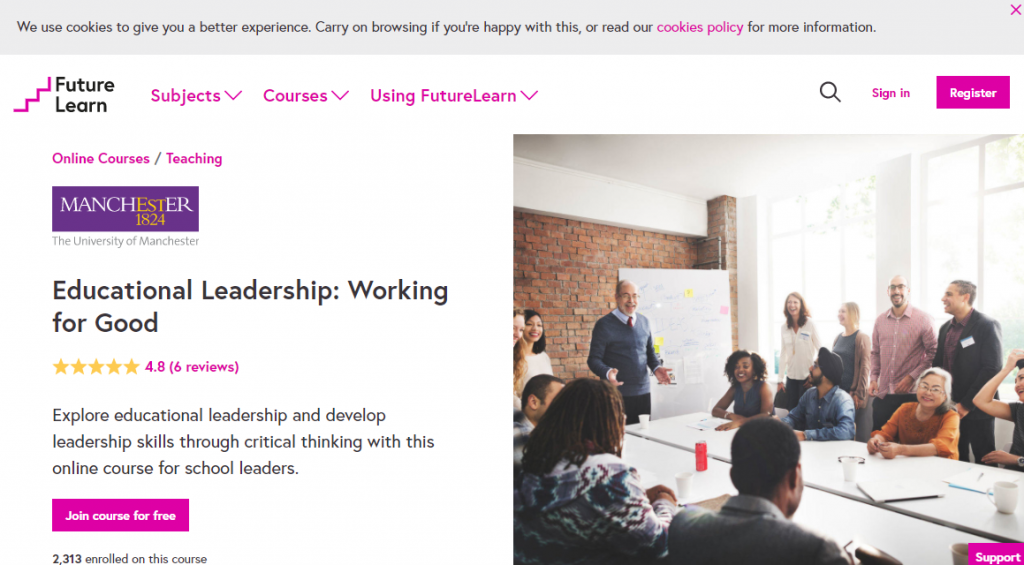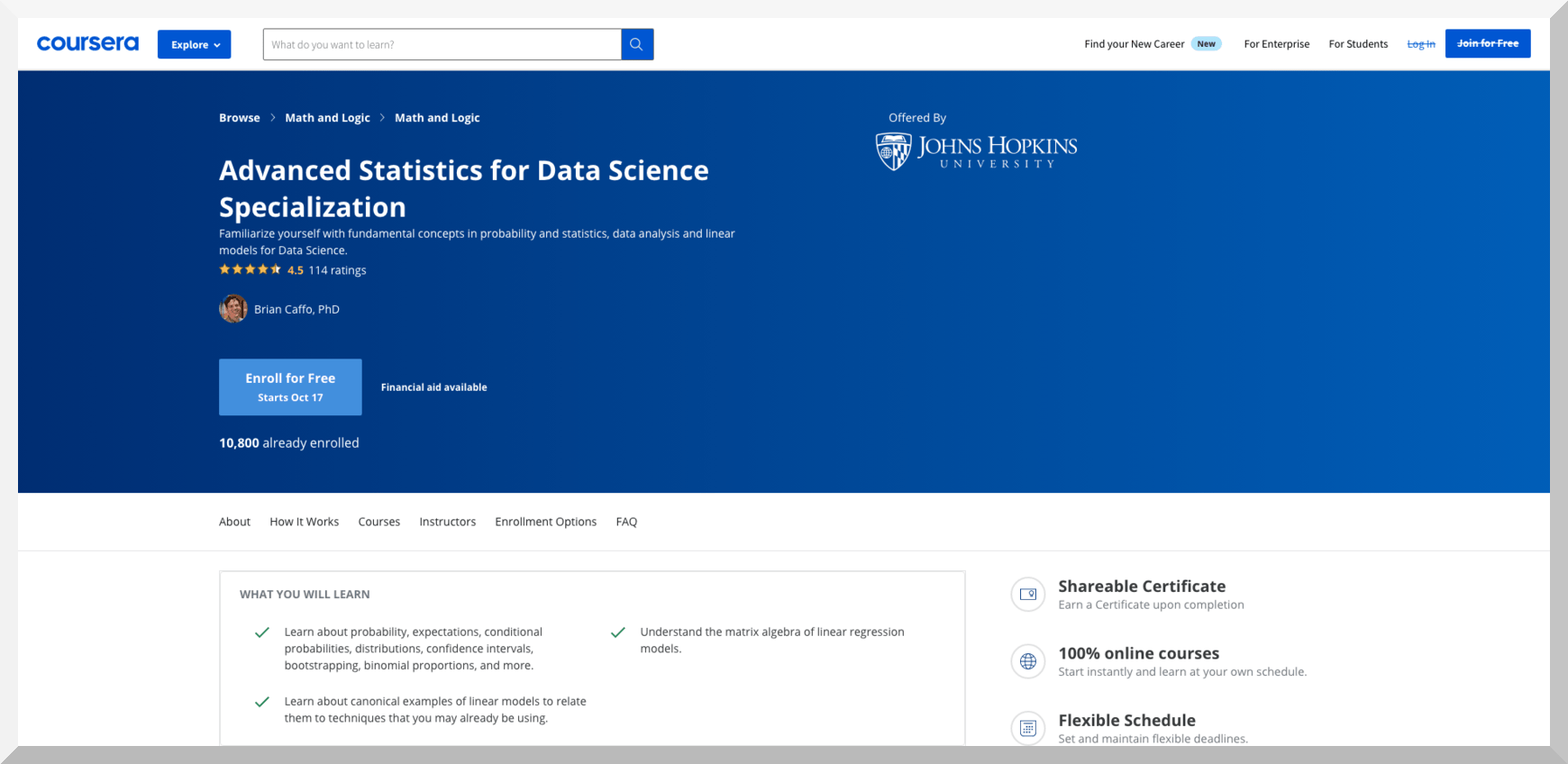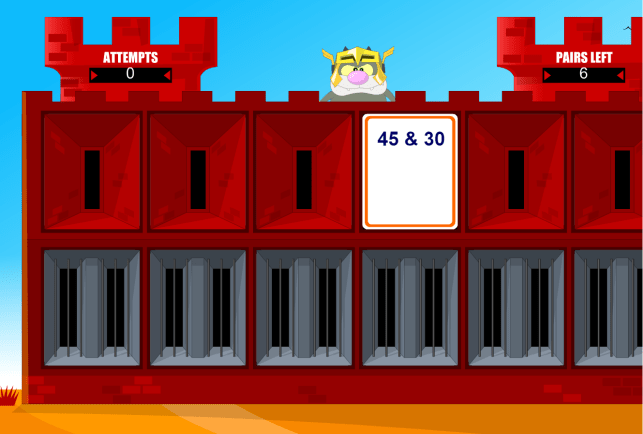
It's possible to have fun with vocabulary games. You can have kids line up on a map, and then they take turns jumping to letters on the map that correspond with the vocabulary word. For example, the second line kid could go to a map that has the letter "m", and the third one would go on to the map with "d". It's possible to have a time limit to have children compete with each other.
Animal Planet
Animal Planet has many educational games for kids, whether they are new to the animal kingdom or have been there for years. These games will reinforce the material you have learned in the classroom. "Guess in 10 - World of Animals" is one of these games. This game involves matching cards. The cards have clues, hints and fascinating facts about the animals. It promotes creativity and social skills as well as problem-solving and problem solving abilities.
Many of the games in the series are cooperative and allow children to play in teams. Each team can attempt to identify an animal's name. The team that gets the most correct guesses wins. Another game that kids can play is Look and Identify. They are given photographs of different animals and must identify them. If they accurately describe the animals they receive brownie points.
States of America
Your students will enjoy many benefits from the States of America 2nd Grade learning games. These games help your children learn the names of the states of America, the capitals of the states, and other important information about the United States. These games are engaging and can motivate even reluctant students. They can also make the different states more real by animating their movements. This may encourage children to play the game for longer periods of time. These games can be frustrating for children.

You can keep your kids busy by creating a game where they have to place the states on a grid. This game will also give them practise with spatial awareness, as they have to balance, stack, and rotate the states. The game can be played by multiple players simultaneously, as well as modes that require them to learn the names the states.
World Cities
World Cities games provide children with a fun way to learn about the various countries and cities in the world. They can also be adapted for children of different ages and ability levels. These games are for children 6 years and up and encourage them to use their spatial reasoning and logic skills. For example, they can practice learning about the United States by placing their airplanes in the most efficient routes between major cities in the country.
These games can be used by children to teach them about the different states, countries, and continents. The games can be used to improve their map skills. You can see the different countries and how they trade with each other.
Cloud Hoppers
Cloud Hoppers is an educational game for children that teaches addition and subtraction. It features beautiful artwork and sturdy game pieces. It also includes a fascinating story in its rulebook. This game is recommended for children aged 5-10 years. It helps children to master multiplication.
The game is highly interactive and can be used to teach science, language, math and other subjects. There are 2 levels that you can use to get started. In-app purchases allow you to access 21 more games.

TeachMe: 2nd Grade
TeachMe 2nd Grade learning games can be fun and effective ways to teach math to your child. Interactive games are available in math, science and language learning. You can download two games free of charge and 21 more to purchase in-app. This app encourages critical thinking which is essential in school.
The app features interactive learning games, bite-sized revisions resources, and audio narrations. It even has a timeline which allows you to go back in time. The theme option allows the child to explore different historical events.
FAQ
Who can homeschool?
Anyone can homeschool. No special qualifications are required.
It is possible for parents to teach their children after they have finished high school. Many parents choose to teach their children as they go to college.
Parents with less formal education can learn how to teach their children.
After meeting certain requirements, parents may become certified teachers. These requirements differ from one state.
Some states require all homeschooled children to pass a test prior to graduation. Others do not.
Homeschooling parents must register their family with the local school district.
This involves filling in paperwork and submitting it the school board.
After registering, parents may enroll their children into public or private schools.
Some states permit parents to homeschool their children without having them registered with the government.
If you live in one of these states, you will be responsible for ensuring your children meet the requirements of the state's compulsory attendance law.
Do you need to go to college to become an early childhood educator?
No, but you might want to consider going to college to prepare yourself for a future career in the field.
It is important that you realize that being a teacher can be difficult. There are lots of applicants who aren't accepted into programs each year. Many students also quit college after only one semester.
To become a teacher, you must also meet certain qualifications.
What's the point of education or schooling?
Education should prepare students for work. It is not just an academic pursuit but also a social activity where children learn from each other and gain confidence by participating in activities such as sports, music, and art. Education is about helping students think critically and creatively to become self-reliant and autonomous. What does it mean for a school to be able to meet high educational standards?
Education standards that ensure all students reach their full potential are good. They establish clear goals for teachers to work towards with their students. Schools can adapt to changing educational needs if they have good educational standards. Fair and equitable education standards must also be maintained: Every child is equal in terms of chance of success, regardless of his/her background.
What's the difference between college and school?
Schools are organized by grades or classes. Each teacher teaches a particular class. Colleges, which are often larger and offer more specialized classes, may also include university-level programs. While schools are more focused on fundamental subjects, colleges might offer a range of subjects such as arts, science and languages. The curriculum at both levels is intended to prepare students to study at higher levels.
What is a Trade School?
Trade schools are an alternative way for people without success at traditional higher education institutions to earn a degree. They offer career-focused programs designed to prepare students for specific careers. Students enrolling in these programs typically complete two years of coursework in a single semester and then enter into a paid apprenticeship program where they learn a job skill set and receive on-the-job training. Trade schools include vocational schools, technical colleges, community colleges, junior colleges, and universities. Some trade schools offer associate degrees.
Is it hard to be a teacher?
Being a teacher is a huge commitment. You will need to devote a significant amount of time to your studies.
You can expect to work 40 hours per semaine while earning your degree.
In addition, you will need to find a job that fits your schedule. Many students have trouble finding part time jobs that balance schoolwork with their lives.
You will likely teach classes once you have been hired as a full time teacher. You may even need to travel to different schools throughout the week.
Statistics
- And, within ten years of graduation, 44.1 percent of 1993 humanities graduates had written to public officials, compared to 30.1 percent of STEM majors. (bostonreview.net)
- Data from the Department of Education reveal that, among 2008 college graduates, 92.8 percent of humanities majors have voted at least once since finishing school. (bostonreview.net)
- Globally, in 2008, around 89% of children aged six to twelve were enrolled in primary education, and this proportion was rising. (en.wikipedia.org)
- Think of the rhetorical power of nineteenth-century abolitionist Harriet Beecher Stowe, Martin Luther King, Jr., or Occupy Wall Street activists with their rallying cry of “we are the 99 percent.” (bostonreview.net)
- Among STEM majors, that number is 83.5 percent. (bostonreview.net)
External Links
How To
What is vocational Education?
Vocational education is an educational program that prepares students to work after high school and college. It teaches them specific skills for specific jobs (such as welding). It also includes on-the-job training in apprenticeship programs. Vocational Education is different than general education. It focuses on specific careers and not learning broad knowledge for the future. Vocational education's goal is to help students find employment after they graduate.
Vocational education can take place at all levels of schooling. This includes primary schools, secondary schools and colleges, universities as well as colleges, technical institutes, technical colleges, trade schools, community college, junior colleges, four-year colleges, and colleges. Many specialized schools are available, including nursing and culinary schools, law schools medical and dental schools, veterinary medicine school, veterinary medicine schools, firefighting training schools, police academies, military academy, and other military schools. Many of these provide both academic instruction and practical experience.
In recent decades, many countries have made large investments in vocational training. However, the effectiveness of vocational education remains controversial. Some argue it doesn't improve students' employability, while others argue it prepares them for the future.
According to the U.S. Bureau of Labor Statistics, 47% of Americans have a degree or certificate related to their current occupation. This is a higher percentage among those who have more education. 71% are currently employed in fields that require postsecondary qualifications.
According to the BLS, nearly half of America's adult population held at least one postsecondary credential in 2012. About a third of Americans were able to obtain a twoyear associate degree. Another 10% had a fouryear bachelor's. One fifth of Americans have a master's, or doctorate.
The median annual wage for individuals with a bachelor's in 2013 was $50,000. This was compared to $23,800 when they had no degree. For those with advanced degrees, the median wage was $81,300.
The median wage for people who did not finish high school was only $15,000. A person with a lower high school diploma earned $13,000 annually.